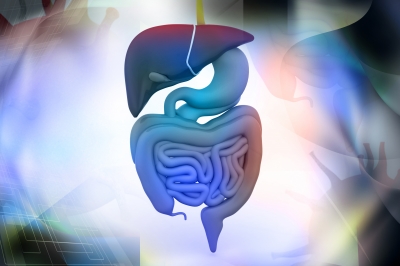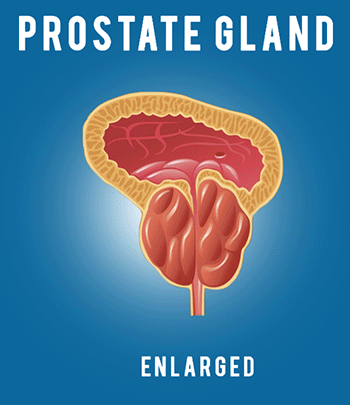Diverticulitis and Digestion
Diverticulitis and Digestion

Image courtesy of renjith krishnan at FreeDigitalPhotos.net
Diverticulitis is inflammation of the diverticula along the wall of the colon and the large intestine. For diverticulitis to occur there must be diverticulosis, the presence of diverticula. Diverticulosis can occur anywhere in the colon, but it is the most typical in the sigmoid colon. Occasionally, surgery may be required to remove the area of the colon with the diverticuli. Patients suffering their first attack of diverticulitis are not encouraged to undergo the surgery, unless the case is severe. Patients suffering repeated episodes may benefit from the surgery. In such cases, the risks of complications from the diverticulitis outweigh the risks of complications from the surgery.
Diverticulitis and Digestion
Diet plays an enormous role in avoiding problems with diverticulitis. Avoidance of nuts, popcorn, and sunflower, pumpkin, caraway, and sesame seeds has been recommended by physicians as these foods could enter, block, or irritate the diverticula. There is no scientific data that supports this treatment measure. Eating a high fiber diet is the only requirement which is highly emphasized and eliminating specific foods is not necessary. The seeds in cucumbers, strawberries, raspberries, and tomatoes, as well as poppy seeds, are generally considered harmless. Everyone differs in the amounts and types of foods they are able to eat. Decisions about diet should be made based upon what works best for each individual person. A food diary would be beneficial to help identify individual items in the diet.
A patient with diverticulosis may have few, if any, symptoms. When a diverticulum becomes infected and ruptures, the condition is called diverticulitis. A patient suffering from diverticulitis experiences abdominal pain and tenderness, often accompanied by fever. Bleeding which originates from a diverticulum is called diverticulitis bleeding. Diverticular disease is common in the Western areas of the world, but is extremely rare in areas such as Asia and Africa. Diverticular disease increases with age and is uncommon before the age of forty. Most patients with diverticulitis develop bleeding, infection, constipation, abdominal cramps, and occasionally, colon obstruction. Typically, a diet with adequate fiber produces stool that is bulky and can easily move throughout the colon. A diet low in fiber requires the colon to exert more pressure than usual to move small and hard stools. A low fiber diet can also increase the time the stool remains in the bowel, which adds to the high
No screening is available at this time for diverticulitis. Starting at age 40, a procedure called a flexible sigmoidoscopy may be recommended every 3 to 5 years or a colonoscopy every 10 years as a screening exam for cancers of the colon and rectum. Both flexible sigmoidoscopy and colonoscopy involve using a flexible tube with a lighted viewing instrument to see inside the large intestine. These exams are often able to reveal diverticula if they are present. Treatment after recovery from an attack of diverticulitis is aimed at preventing another attack. This treatment may include getting plenty of fluids daily, gradually increasing the amount of fiber in the diet through fruits, vegetables, wheat bran, and the regular use of a fiber supplement. It is also highly recommended that regular doctor visits are conducted to monitor the condition.


